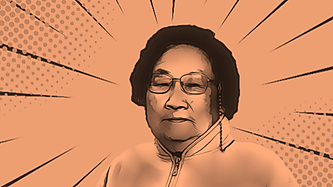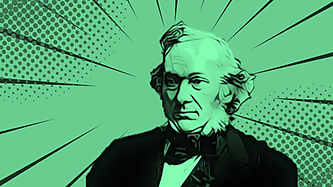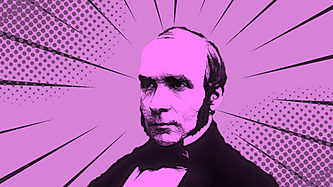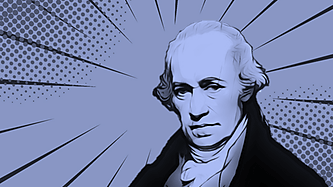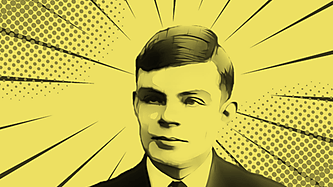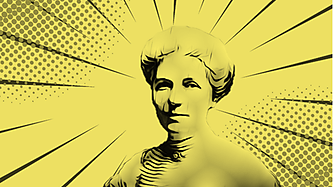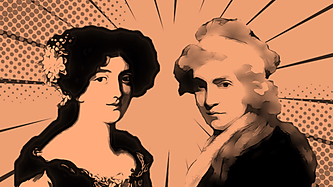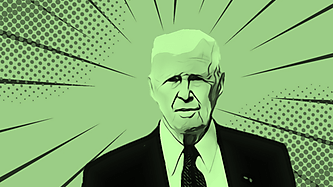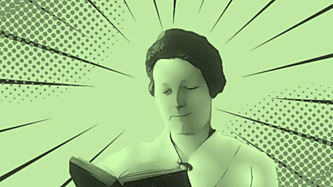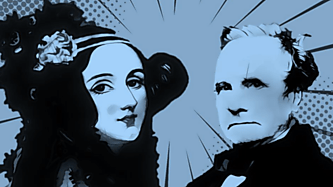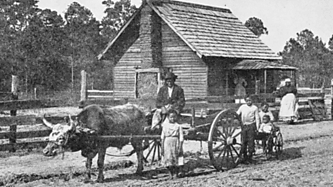- Have you ever heard of Richard Cobden? Probably not. Watch this short video about him from HumanProgress.org.
In partners, in small groups, or as a whole class, answer these questions:- What was the prevailing economic system that Cobden was advocating against?
- Which powerful groups in Great Britain do you think were opposed to repealing the Corn Laws? Why do you think these groups were opposed to revoking them?
- What parallels do you see between the Corn Laws and tariffs on imported products today? •
- How much do you know about free trade? Why do most economists and policymakers think free trade is such a good thing? What are some of the downsides of free trade?
